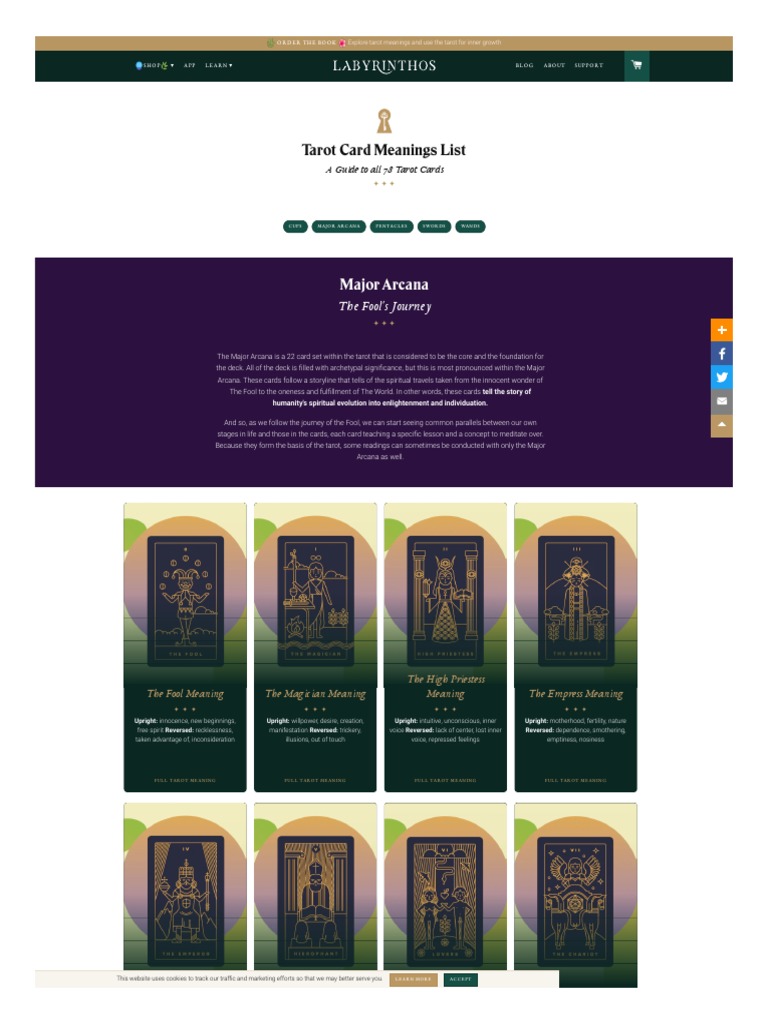The Magus, often referred to as The Magician in traditional decks, is a pivotal card within the Tarot, embodying the essence of creativity, manifestation, and the act of transforming potential into reality. Understanding this card not only involves an exploration of its symbolism but also its implications in diverse contexts such as upright or reversed interpretations, its relation to the other cards, and its significance in various spreads.
When one first gazes upon The Magus, the imagery often includes a figure positioned confidently at a table. This figure holds one hand aloft, pointing to the heavens, while the other hand gestures toward the earth. This duality signifies the connection between the ethereal and the tangible, embodying the concept that thoughts and intentions can manifest into physical form. Surrounding The Magus are the four Tarot suits—wands, cups, swords, and pentacles—each representing different realms of experience and potential, reinforcing the notion that mastery over these elements is within reach.
In its upright position, The Magus signifies empowerment and skillful manipulation of resources. This card embodies the archetype of the skilled creator or innovator, suggesting that now is the time to harness one’s abilities effectively. The energy of this card encourages individuals to take initiative, suggesting that they possess all the necessary tools and skills to bring their desires to fruition. This potential is not passive; action is imperative, transforming ideas into tangible outcomes.
Delving deeper, The Magus also serves as a reminder of the importance of communication and networking. It invites the querent to articulate their visions clearly, leveraging intellect and charm to persuade others and gather support. Whether applied in personal growth, creative pursuits, or professional endeavors, this card underscores the necessity of strategic thinking and adaptability in navigating challenges.
Conversely, when The Magus appears in a reading in a reversed position, the interpretation shifts dramatically. Rather than embodying creativity and resourcefulness, a reversed Magus can denote manipulation, deceit, or misalignment with one’s true purpose. This inversion suggests a potential misuse of power; the energy becomes shadowy, indicating trickery or the failure to take responsibility for one’s actions. The errant magician may be viewed as someone who talks a good game but lacks the follow-through required to manifest actual results. Additionally, this reversal prompts reflection on the ethical implications of one’s choices and the importance of authenticity in one’s endeavors.
The symbolism of The Magus transcends the individual card, deeply interwoven with the archetypes of the Tarot. When adjacent to other cards in a spread, it can significantly alter their interpretations. For instance, paired with the High Priestess, The Magus may indicate a potent combination of intuition and action; the visionary insights of the High Priestess are poised to be actualized through the skills and ambition of The Magus. Alternatively, if alongside the Tower, the energy may suggest that while transformation is possible, it could come at a cost of upheaval or challenge. This relationship offers a dynamic interplay that further enriches the reading’s narrative.
In various Tarot spreads, The Magus holds distinct meanings depending on its placement. In a three-card spread, representing past, present, and future, The Magus in the present position can indicate a critical juncture where the querent must leverage their skills. In a Celtic Cross layout, if The Magus appears in the position of immediate challenge, it may signify the need for focused action against obstacles or distractions. Each position contextualizes the potential of The Magus, emphasizing the card’s role in urging proactive engagement with life.
For practitioners of Tarot, incorporating The Magus into one’s readings can provide profound insights into the querent’s capabilities and pathways. It encourages a dialogue about the nature of personal agency and the tension between intention and manifestation. This card prompts individuals to assess their goals critically and consider what resources they might harness to bring their visions to life.
Moreover, The Magus serves as a muse for creative endeavors. Writers, artists, and entrepreneurs often find inspiration in this card’s representation of innovation and resourcefulness. It urges one to embrace the act of creation wholeheartedly, infusing their work with passion and clarity. In this light, The Magus represents not merely a figure of authority but a source of exuberance, inviting exploration and experimentation. The Magus ultimately teaches that creativity is a powerful alchemical force capable of shifting circumstances and shaping reality.
In conclusion, The Magus Tarot card stands as a profound testament to the human spirit’s capacity for creation and transformation. It challenges practitioners to consider the dual nature of their powers—how they can inspire and uplift or manipulate and deceive. Through The Magus, individuals are reminded that the power to manifest lies within, coupled with an obligation to wield that power ethically and authentically.
Understanding The Magus is not merely an exercise in card interpretation but a comprehensive journey into the realms of potential, responsibility, and the alchemy of life itself. This card, rich in symbolism and meaning, invites reflection on both personal and collective experiences, celebrating the dynamism of creativity and the art of manifestation.









Leave a Comment